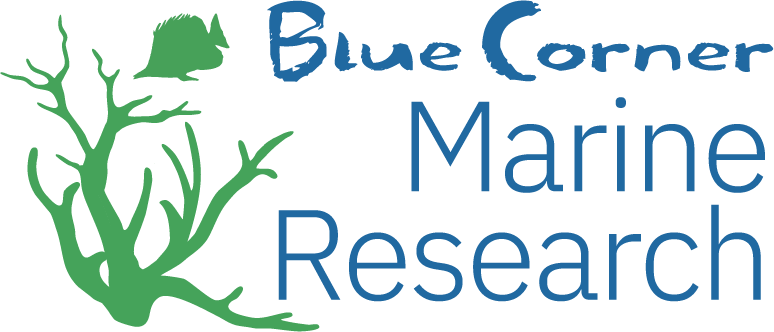Lydia conducted a research internship with us as part of her MSc from University of Edinburgh in 2019. As one of our earlier research students working on the coral restoration site we were interested in metrics which could be used for monitoring. Together with our Blue Corner Marine Research team she developed a study to measure if corallivorous butterflyfish could be used to indicate whether or not a reef site is successfully restored.
Coral reef ecosystems have been valued as one of the most economically important ecosystems in the world, providing sources of protein, supporting and protecting urban development, and comprising the basis of many cultures and recreational activities. Despite its importance and value, reefs all over the world are being degraded and damaged due to anthropogenic factors. With the aim of protecting the reefs and re-establishing self-sustaining, functional reef systems, many marine protected areas have been established and coral reef restoration projects have been developed, particularly in the Coral Triangle area where biodiversity is the highest.
Check out the research abstract below:
This study aimed to provide an assessment of Blue Corner’s coral restoration project in the Nusa Penida Marine Protected Area in Indonesia by examining the ecological benefits and resilience of the restored structures through comparative analysis of butterflyfish (Chaetodon) and herbivorous surgeonfish (Acanthuridae) and parrot fish (Scaridae) diversity.
Underwater video surveys were collected from three different benthic areas on the North coast of Nusa Penida: 1) restored coral structures, 2) coral rubbles, and 3) natural reefs.




